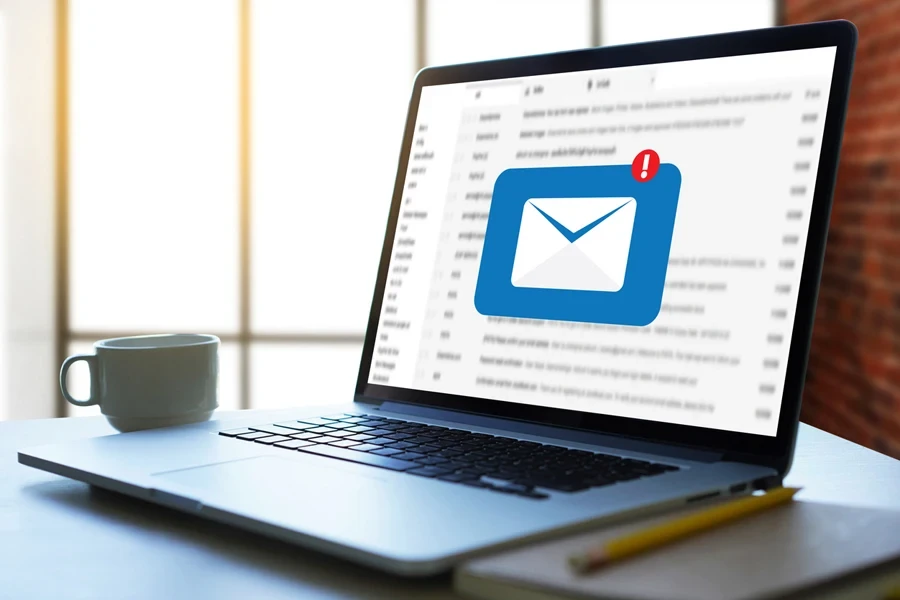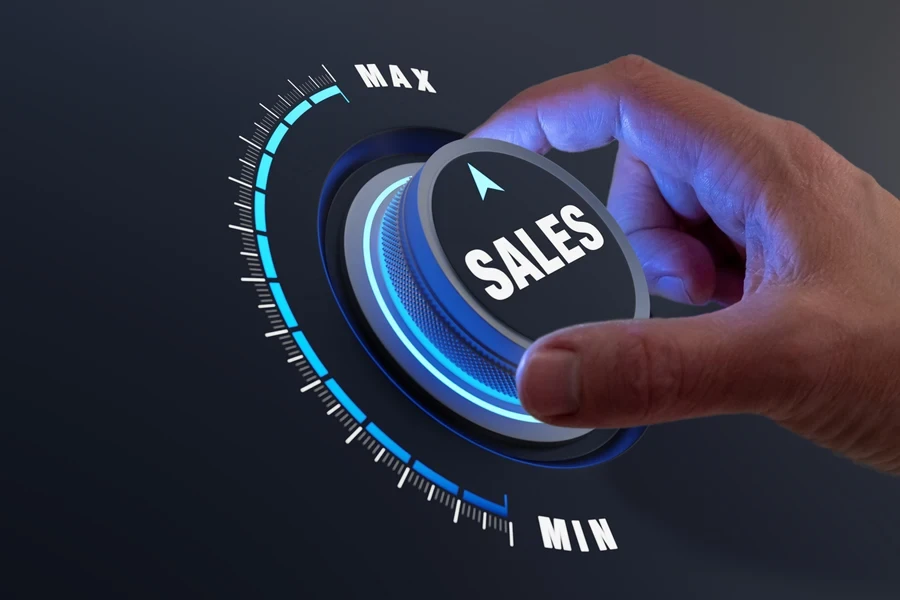As per Hubspot, 99 percent of individuals check their emails daily, making email marketing among the most practical ways to engage new and existing customers. With drip campaigns, the process becomes even more effortless, as emails are sent automatically to audiences on a timely basis or based on recent interactions with your business. Plus, they are easy to set up.
However, while email marketing has proven successful for 60% of businesses, most marketers still struggle to engage their customers through drip campaigns. In this guide, we will discuss everything you need to prioritize to make this email marketing strategy effective.
So let’s get started.
Table of Contents
What is an email drip campaign?
Benefits of email drip campaigns
How to create an effective drip campaign
Conclusion
What is an email drip campaign?

A drip campaign consists of emails automatically sent to your audience based on a set schedule or user action. They are meant to ensure the right message reaches the right person at the right time.
Also known as automated marketing or automated email campaigns, businesses use this technique to keep in touch with the audience in a personalized and targeted way after a specific period or action.
You can set drip campaigns for someone who:
- signs up for your email list
- places an order
- abandons a shopping cart
- does not place an order for a while
- engages with customer service
Using email drip campaigns, you can segment your list of subscribers and apply email triggers to the relevant groups, ensuring the email content is targeted precisely. Additionally, the emails are often prewritten and personalized with the recipient’s information and other specific details relevant to them.
Types of email drip campaigns

There are different types of drip campaigns you can run in your email marketing efforts, and these are mainly:
- Welcome emails – These are the first emails that welcome new leads to your virtual online community. They add a personal touch to your company and often thank the visitor for signing up with a discount code.
- Onboarding emails – Similar to welcome emails, onboarding emails are sent in the early stages of a potential client’s interaction with your business. However, they provide educational content which is more information about your products and how you stand out from competitors.
- Abandoned cart emails – You can send shopping cart abandonment emails to visitors who have a buying intent to complete the purchase.
- List-building emails – These are emails you send to your website’s visitors requesting them to join your email list. This is an organic way to grow your audience with genuinely interested people who will likely engage with your business.
- Product recommendations – You can create drip campaign emails to recommend products based on past purchases.
Benefits of email drip campaigns
1. Boost sales

Using drip email campaigns is a profitable marketing strategy when moving customers down your sales funnel. Automated email marketing helps supercharge your sales by turning visitors into buyers. Experts reveal that it can boost sales opportunities by up to 20%. Reengaging dormant visitors can also lead to more repeat purchases.
2. High customer satisfaction levels
Through drip marketing, businesses can send thoughtful and personalized messages to their audiences that recommend products and services that resonate with them. This leads to up to six times higher satisfaction levels, as 91% of customers are more likely to buy from brands that remember and recognize them.
3. Save time

Drip campaigns save a lot of time for companies by relieving the burden of manually composing new emails and responses to individual customers. Using automated email software results in a 90.09% open rate and 27.06% click-through rate, according to the email marketing service GetResponse. These numbers would be hard to beat sending emails the old-school way.
4. Increased brand awareness
Email drip campaigns can significantly boost brand awareness by maintaining regular contact with subscribers. Through a series of strategically timed emails, businesses can introduce themselves, showcase their products or services, and provide valuable content to engage recipients.
Consistent exposure keeps the brand top-of-mind for subscribers, increasing familiarity and trust over time. By delivering targeted and relevant content, drip marketing campaigns reinforce brand identity and messaging, leading to higher brand recall and recognition among recipients, ultimately driving greater awareness and engagement.
How to create an effective drip campaign
There are some specific steps you can follow to successfully set up and manage your email drip campaign. These are:
1. Identify your audience and triggers

The first step of a drip campaign is to identify the target audience that receives the emails. Once you have identified your email recipients, separate them into smaller groups and determine which triggers you will use to reach them.
You can base your drip campaign on two kinds of triggers, mainly a customer’s specific action or demographic information.
An example of an action trigger is when a visitor subscribes to your email list. If it is based on a customer’s demographic information, it could be the user’s birthday, which generates an email wishing them a happy birthday and giving them a discount code.
2. Establish your goal

The next thing to do when developing an email drip campaign is to determine your goal. Defining your goal makes planning the following elements of your drip email campaign and staying focused throughout the process easier.
Make sure your objective is SMART—specific, measurable, attainable, relevant, and time-based—as you describe it, and consider what you hope to achieve by running the campaign. Is it to make more sales or have x number of people sign up for your upcoming live shopping event?
3. Craft your message

Once you have identified your target customers and set specific goals for the campaign, you want to use that valuable information to create an email copy. The emails should be striking, provide value to the audience, and have a clear call to action.
Remember what you want the user to do after receiving the email. Do you want the potential customer to complete a purchase or to join a waiting list for a new product you are launching soon? Remember to keep the message brief and to the point and reflect your brand’s image.
4. Plan your campaign
To have an effective email campaign, you need to plan for it from start to finish. Crucial things you need to prepare for in the email campaign include your target audience, the goal for the campaign, the triggers, the number of emails you will send, the order of the series of emails, and the types of analytics you will measure to track success.
5. Launch your campaign

After checking all the boxes, from identifying audiences and your goal, crafting the email copy, and planning, you should be ready to launch the campaign.
You can make email marketing software that generates pre-written emails and schedules them to be automatically sent based on different triggers.
6. Test and analyze

Once you have launched your campaign, regularly check analytics and test different aspects of the email. Use the key performance indicators you decided to use when planning your campaign to monitor and optimize your email strategy.
This will help you learn what works and what doesn’t the next time you plan to launch another campaign to get better results. Examples of metrics you should track include click-through rate, open rate, conversion rate, bounce rate, and conversion rate. You can make use of Google Analytics to track and measure these KPIs.
Conclusion
Drip campaigns are an effective way of engaging current customers and re-engaging dormant customers in your sales funnel. They are also less tasking since they work with the help of email automation software. By following the tips in this guide, your email marketing campaigns can improve your open rate, click-through rate, and, ultimately, your sales revenue. Finally, remember to follow Alibaba.com Reads for the latest trends and updates in the world of ecommerce.




